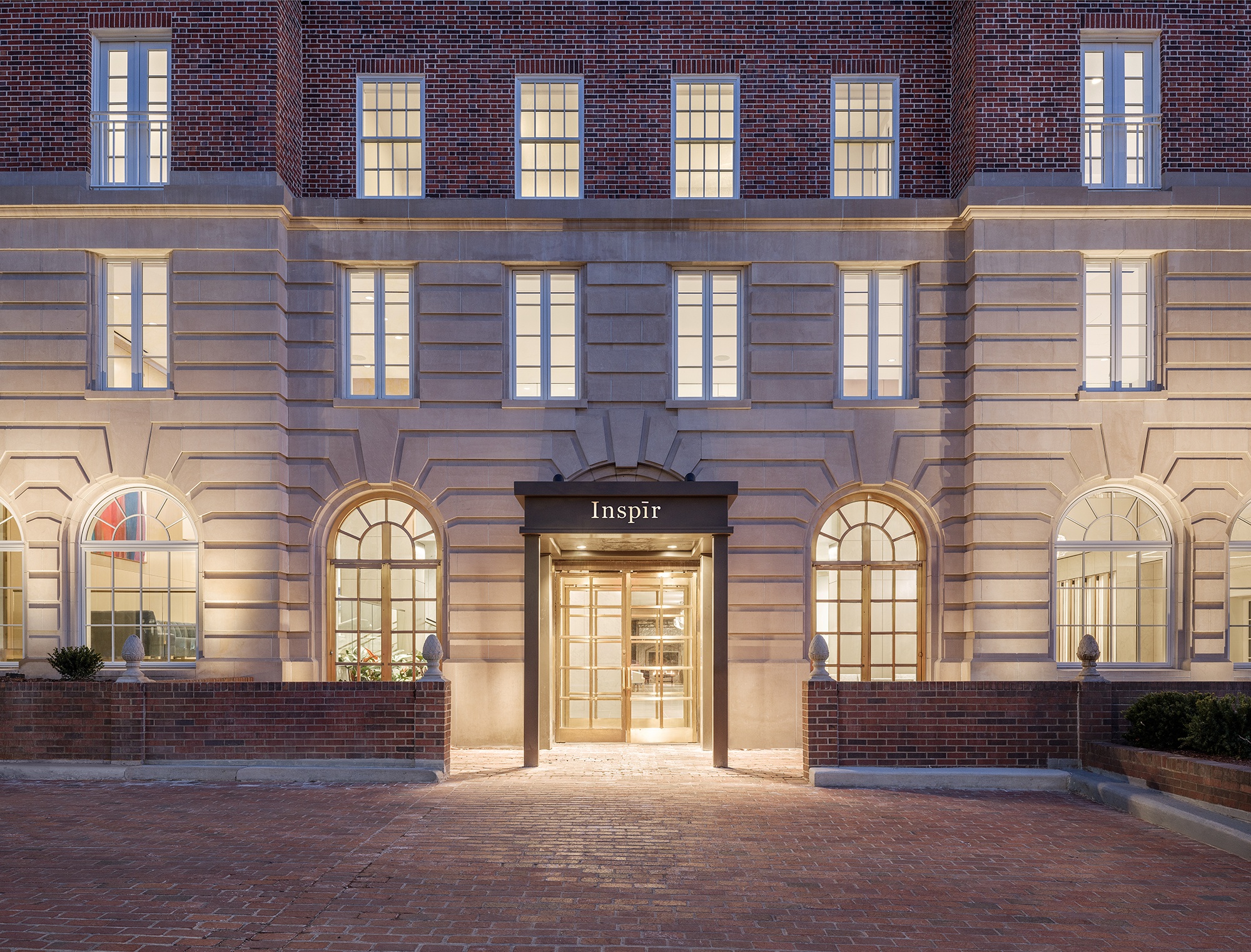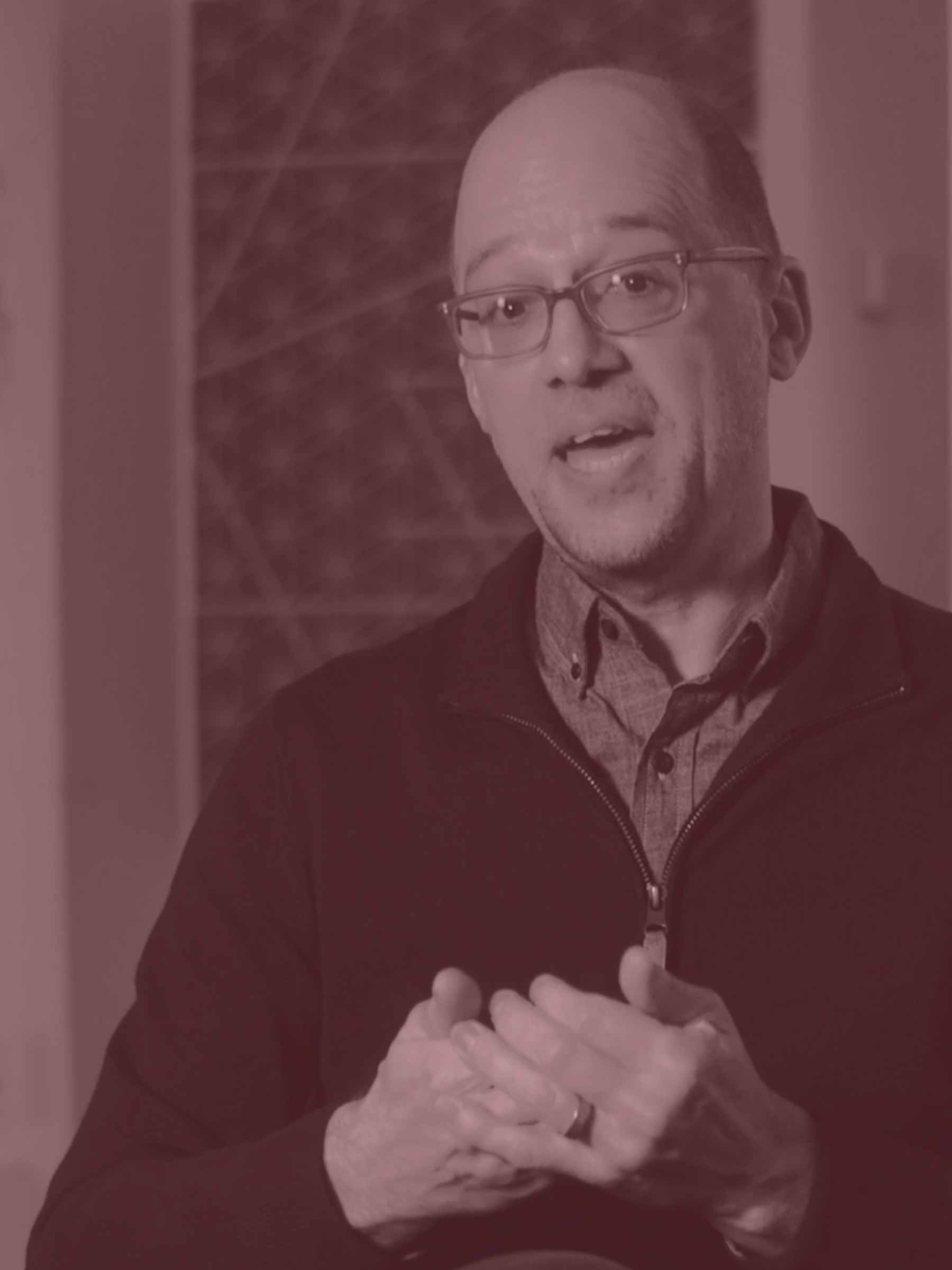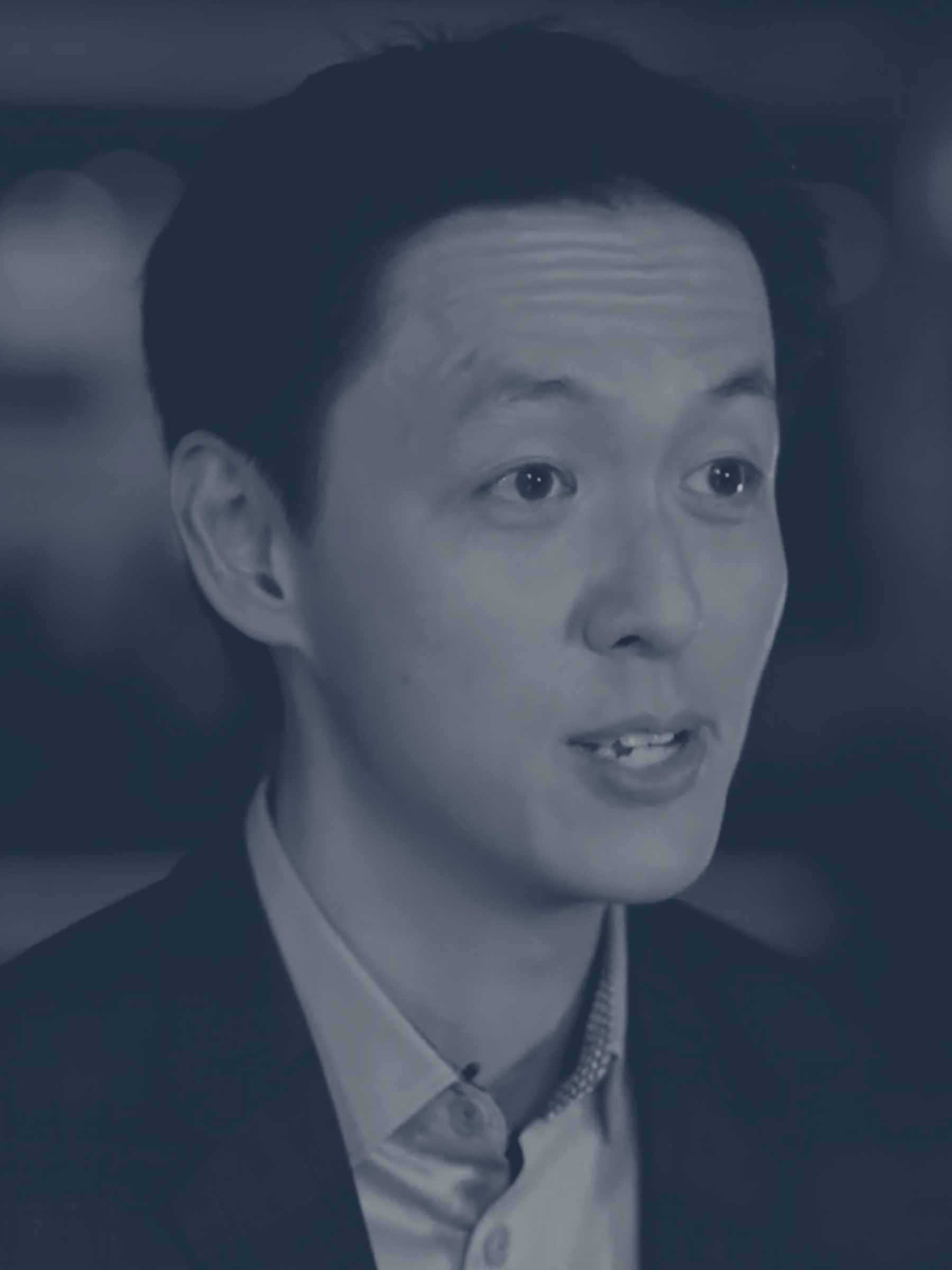Colleges and universities today face mounting pressure to deliver on ambitious climate goals, whether as part of their mission or to meet stringent energy regulations. At the same time, many also have aging, inefficient buildings that no longer meet their needs.
Often, the first impulse is to demolish an aging building and build a high-performance replacement. But what if demolition isn’t an option? What if an existing building is historically significant, or a tear-down isn’t economically feasible?
From Maranamay to Modern Dormitory
After the former single-room-occupancy (SRO) residence at 611 West 112th Street, known as the Maranamay, had fallen into disrepair from years of vacancy, Columbia University acquired the property in 2022 with an eye toward easing housing pressure on the Upper West Side and providing more on-campus living.
With BBB leading the design team, Columbia undertook a full renovation and restoration, resulting in the university’s first all-electric building, offering 159 student beds—76 double rooms and seven singles, plus an RA apartment—along with residential lounges and three light-filled courtyards. Fully accessible, it opened to students for the 2025–26 academic year.
Pragmatic Sustainability
A number of features contribute to making 611 West 112th Street a prototype for how pragmatic decision-making can make a big difference in the sustainable renovation of historic buildings.
Preservation and Embodied Carbon
611 West 112th Street couldn’t be demolished; not only is it a contributing building within the Morningside Heights Historic District, but it also exceeds the lot coverage permitted under zoning, meaning that a significant alteration—involving more than 25% of the existing building mass—would force the building to comply with current zoning and to forfeit valuable floor area. At the same time, the masonry-and-timber structure was severely compromised: its roof partially collapsed, its interior gutted by water damage, its masonry showing scars of neglect.
BBB addressed both issues by retaining the original masonry shell and installing new structural steel, in some locations replacing the existing structure, and in others sistered to the existing wood joists. This approach not only meets zoning requirements and ensures the continuity of the streetscape and its architectural identity, but it also preserves the embodied carbon of the existing building.
Envelope Upgrades Within Preservation Limits
Improved thermal performance is provided by new double-glazed, aluminum-framed windows, with profiles that match the historic originals. Exterior masonry was repaired to stop water infiltration, and degraded or lost decorative elements were replaced to return the building to its historic appearance. Insulation is improved by spray foam, selected for its simplified application, reduced cost, and ability to create a more reliable envelope within the irregular conditions of the historic masonry.
Building-Wide Electrification
The project employes a fully electric, multizone variable refrigerant flow (VRF) HVAC system for heating and cooling, giving students temperature control over their own room while eliminating fossil-fuel reliance. A dedicated outside-air system (DOAS) with heat recovery further boosts efficiency by capturing and reusing energy that would otherwise be exhausted. And domestic hot water uses CO2 air-sourced heat pumps to minimize refrigerant usage.
Together, these systems make 611 West 112th Street Columbia’s first building to operate entirely without on-site fossil fuels; moreover, they achieve energy savings of 43%—and cost savings of 50%—when measured against ASHRAE 90.1-2010 baseline. Smart technology also makes these systems more efficient: sensors shut off a room’s evaporator whenever the windows are opened, and in laundry rooms, the exhaust fan responds to dryer usage and pressure within the exhaust duct to minimize electricity usage and make-up air.
Roof Strategies
Because the mechanical equipment occupies significant roof space, and because adjacent buildings cast deep shadows, rooftop solar power was impractical on this site. Instead, to comply with the Local Law 94 requirement for a “Sustainable Roofing Zone,” the design team introduced a green roof that provides insulation, reduces heat island effect, and contributes to the LEED Gold target.
Takeaways
611 West 112th Street offers a few practical lessons in what other institutions need to retrofit aging dormitories to meet modern living and sustainability standards.
A Flexible Approach to Preservation
Working within the quirks of existing construction—uneven joists, irregular masonry—requires deep experience in historic preservation and an ability to integrate modern systems seamlessly. When unexpected conditions are inevitably encountered, it’s essential to have the flexibility to pivot, informed by the broad experience to recognize appropriate solutions.
A Pragmatic Approach to Sustainability
While Passive House certainly can be achieved in landmarked buildings, it may not make sense within the constraints of a particular project. Designers must know when to aim for alternative benchmarks, such as electrification and LEED, that are equally ambitious and achievable.
Aesthetics That Are More Than an Afterthought
To secure Landmarks approval, BBB designed a new, lightweight glass-fiber-reinforced concrete (GFRC) cornice to replace the one that had been lost. While this was essential to move the project forward, it also exemplifies how historical fidelity can be enhanced by contemporary materials. The result not only restores the beauty of existing buildings but also gives them a new, more durable, more sustainable life for years to come.





